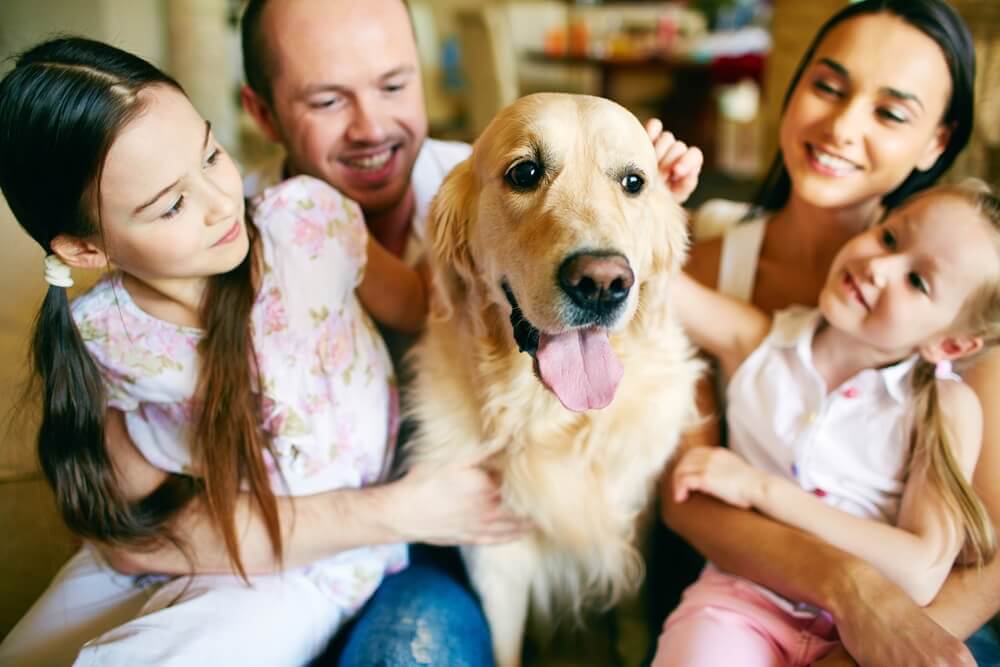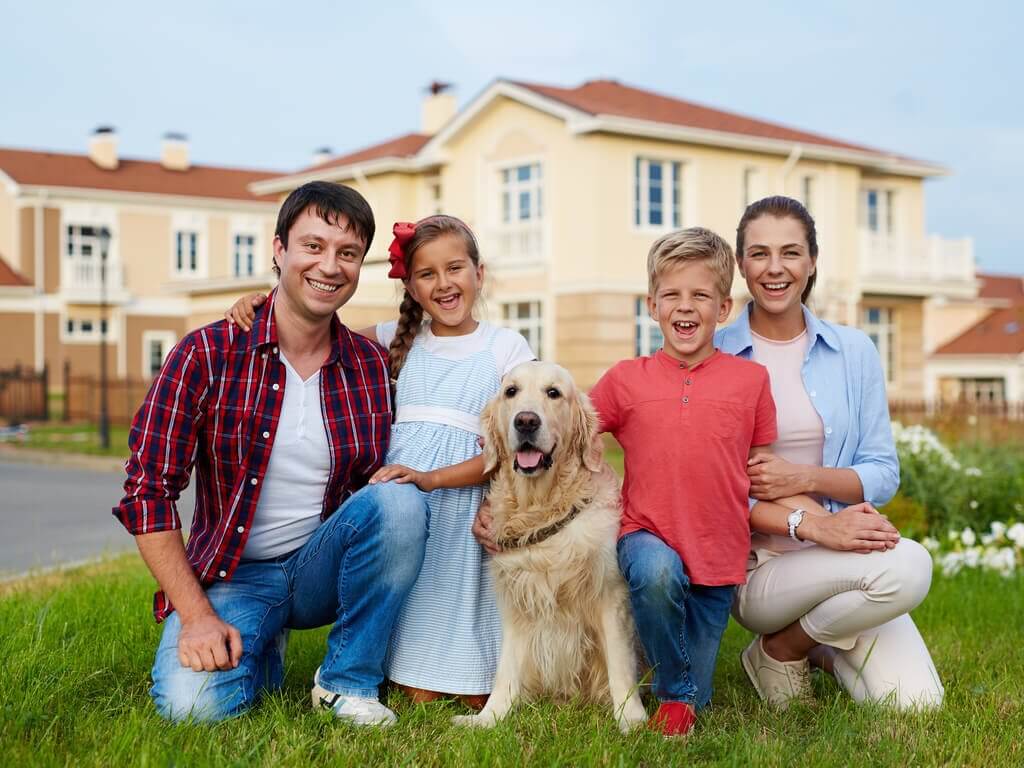Benefits of Having a Pet at Home

Having a pet at home is very useful for the development of children, the bond that is created between the family and the pet promotes love and responsibility. Also, they constitute a safety factor and are great company for all members of the family.
What are the benefits of having a pet at home?
1. Teach children about responsibility
Keep in mind that having a pet involves time and responsibility, as it practically becomes a member of the family. The responsibility for their care and nutrition can not fall entirely on either the parents or the children.
Therefore, parents should teach children everything related to the care of the pet. For example, when going to bathe the pet, parents should do so with the help of their children so that they can observe and realize how delicate the care should be that is provided.
The goal of this, is that children can do it in the future, without the help of parents. Likewise, children can be entrusted with simple tasks such as feeding. However, parents should remind them or ask if the pet was already fed.
This should be done until the day comes when they themselves remember to feed the pet at the required times.
Also read: This Hospital Allows Pets to Visit Patients
2. They make children acquire new knowledge and learning

3. They contribute to the health of children
Growing up with dogs, cats or animals that have hair, children can generate an immune response against the pathogens that cause allergies and asthma. The presence of pets helps lower blood pressure and promotes good heart health.
Animals make our lives healthier. This is because when we caress them, our body begins to secrete endorphins, neurotransmitters that reduce stress, anxiety and sadness.
4. They contribute to the good emotional development of children

5. Comfort children
Sometimes, we want to be silent and drain all our sorrows. In those moments, pets usually comfort us by granting their unconditional love and their company in silence. When we feel alone, pets are a great support. Their company and support gives us the strength to face isolation and loneliness.
6. Help all members of the family to be in shape

7. Help strengthen the family bond
When the pet is included in the activities carried out by the family, this becomes the main attraction. This gives rise to special moments and, therefore, to beautiful family memories with the animal, at that time, the most special of all.
Pets best suited for families

- Dogs. The most recommended breeds are: beagle, boxer, collie, saint bernard, poodle, schnauzer, among others.
- Cats
- Birds
- Turtles
- Fishes
- Rabbits
- Hamsters
Reflection
If you choose a dog as a pet, keep in mind that each time you get home, there will be a loving being waiting for you with great joy and happiness. However, no matter which pet you choose, it will give you an unforgettable experience. They will love you so much, that they will become another member of the family.
All cited sources were thoroughly reviewed by our team to ensure their quality, reliability, currency, and validity. The bibliography of this article was considered reliable and of academic or scientific accuracy.
- Hall, G. B. C., Szechtman, H., & Nahmias, C. (2003). Enhanced salience and emotion recognition in autism: A PET Study. American Journal of Psychiatry. https://doi.org/10.1176/appi.ajp.160.8.1439
- Adamle, K., Riley, T., & Carlson, T. (2009). Evaluating college student interest in pet therapy. Journal of American College Health. https://doi.org/10.3200/JACH.57.5.545-548
- Parthasarathy, V., & Crowell-Davis, S. L. (2006). Relationship between attachment to owners and separation anxiety in pet dogs (Canis lupus familiaris). Journal of Veterinary Behavior: Clinical Applications and Research. https://doi.org/10.1016/j.jveb.2006.09.005
This text is provided for informational purposes only and does not replace consultation with a professional. If in doubt, consult your specialist.








